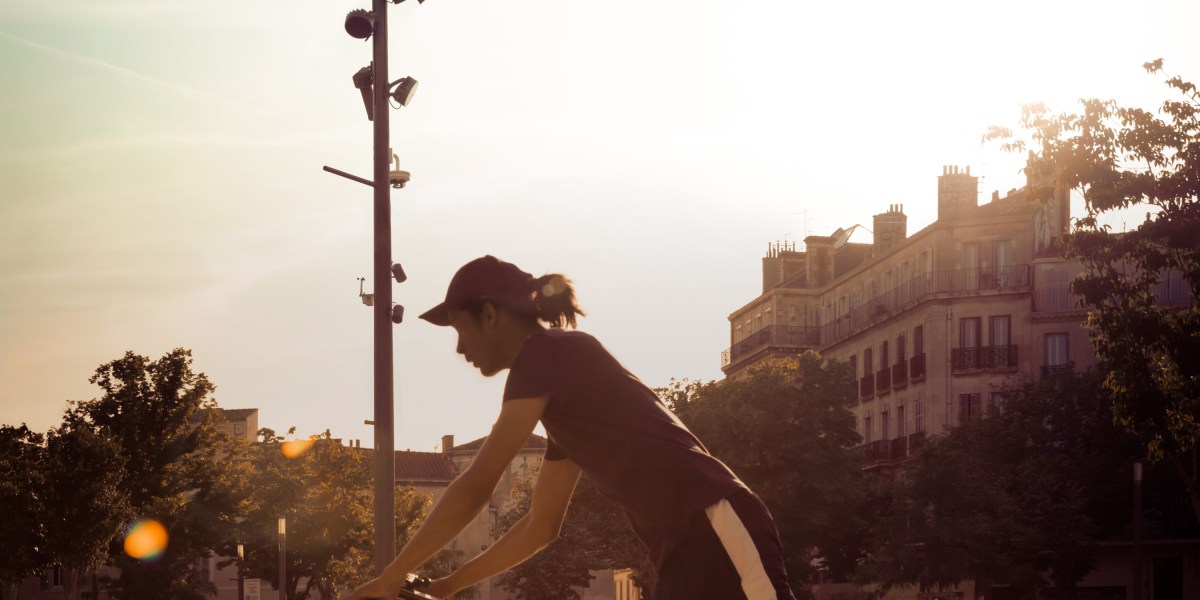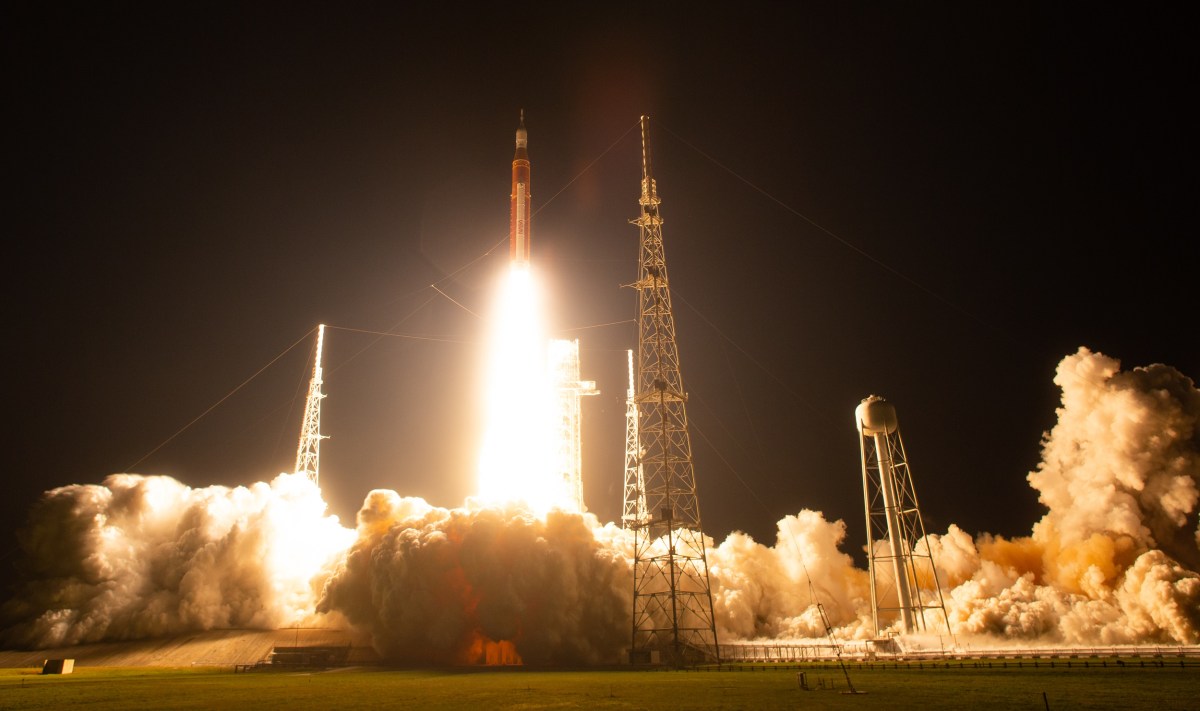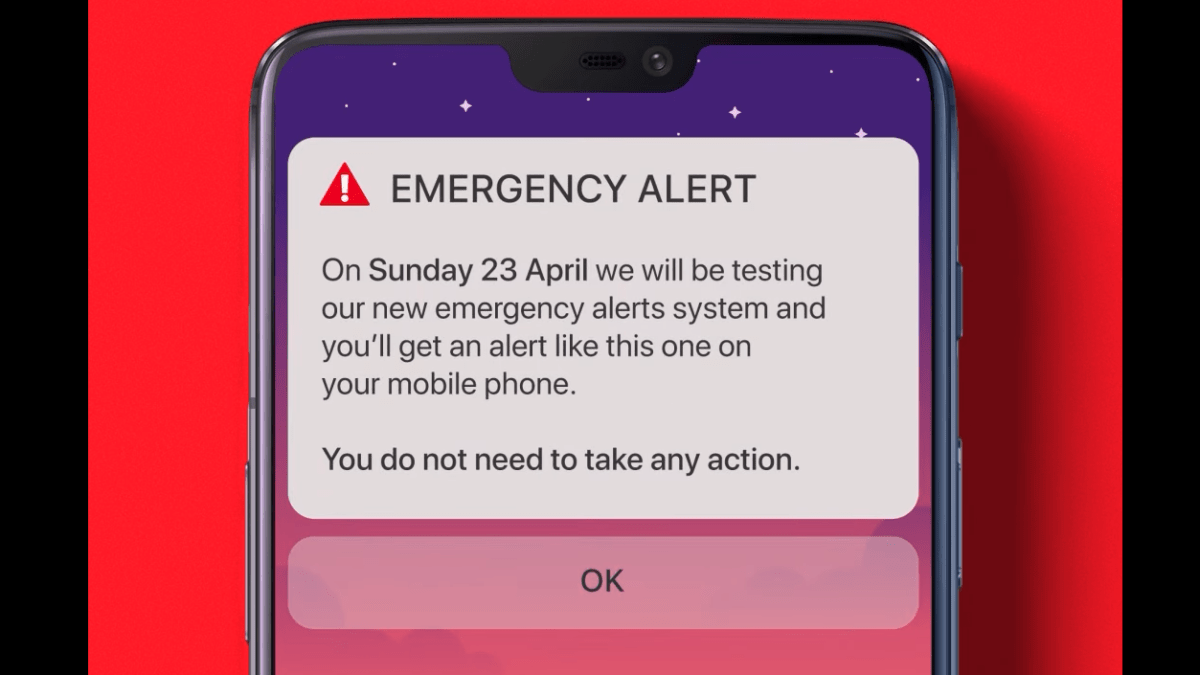Marseille’s battle against the surveillance state
Heading toward Marseille’s central train station, Eda Nano points out what looks like a streetlamp on the Rue des Abeilles. Its long stand curves upward to a white dome shading a dark bulb. But this sleek piece of urban furniture is not a lamp. It’s a video camera, with a 360-degree view of the narrow street.
Nano, a 39-year-old developer, wants to make residents of Marseille more aware that they are being watched. She is part of a group called Technopolice that has been organizing efforts to map the rise of video surveillance. With some 1,600 cameras in the city, there is plenty to find. Mixed in among them, Nano says, are 50 smart cameras designed to detect and flag up suspicious behavior, though she is unsure where they are or how they are being used.
Across the world, video cameras have become an accepted feature of urban life. Many cities in China now have dense networks of them. London and New Delhi aren’t far behind.
Now France is playing catch-up. Since 2015, the year of the Bataclan terrorist attacks, the number of cameras in Paris has increased fourfold. The police have used such cameras to enforce pandemic lockdown measures and monitor protests like those of the Gilets Jaunes. And a new nationwide security law, adopted last year, allows for video surveillance by police drones during events like protests and marches.
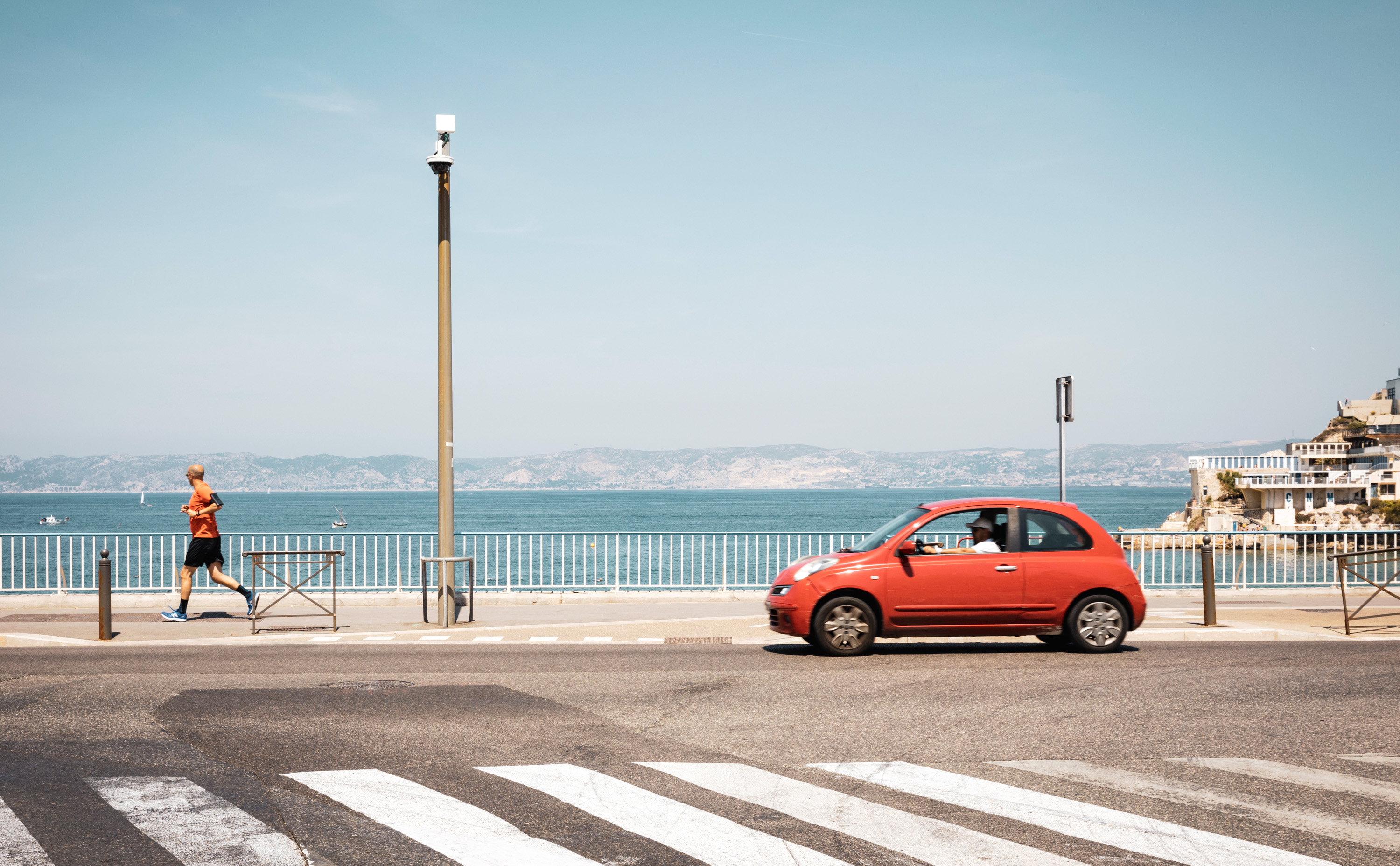
For Nano the creep of increased surveillance has personal resonance. She grew up in Albania as it lurched between different political regimes in the 1990s. Her father, a politician, opposed the party that was in power for part of that time. “It was a very difficult period for us, because we were all being watched,” she says. Her family suspected that the authorities had installed bugs in the walls of their home. But even in France, freedoms are fragile. “These past five years France has lived for much of the time in a state of emergency,” she says. “I’ve seen more and more constraints put on our liberty.”
Concerns have been raised throughout the country. But the surveillance rollout has met special resistance in Marseille, France’s second-biggest city. The boisterous, rebellious Mediterranean town sits on some of the fault lines that run through modern France. Known for hip bars, artist studios, and startup hubs, it is also notorious for drugs, poverty, and criminal activity. It has one of the most ethnically diverse populations in Europe but is stranded in Provence-Alpes-Côte d’Azur, a region that leans far right. The city pushes back. Its attitude could be summed up by graffiti you might pass as you drive in on the A7 motorway: “La vie est (re)belle.”
That all makes Marseille a curious testing ground for surveillance tech. When President Emmanuel Macron visited the city in September 2021, he announced that 500 more security cameras would be given to the city council. They would be placed in an area of the city that is home to high numbers of immigrants and has become synonymous with violence and gang activity. He struck a law-and-order tone: “If we can’t succeed in Marseille, we can’t make a success out of France.”
The announcement was just the latest in a string of developments in Marseille that show an increased reliance on cameras in public spaces.
Activists are fighting back, highlighting the existing surveillance system’s overreach and underperformance. Their message seems to resonate. In 2020, the city elected a new administration, one that had pledged a moratorium on video surveillance devices. But have the residents of Marseille succeeded, or are they simply fighting a rising tide?
Technopolice, a campaign and activist network launched by the digital rights advocacy group La Quadrature du Net in collaboration with other groups, got its start in 2019. Félix Tréguer, an associate researcher at the CNRS Center for Internet and Society, was one of those behind the campaign. He had been seeing increasing numbers of articles in the French media about new surveillance projects and was shocked at how uncritical they were. “[One] simply rehashed the press release from the Marseille council,” he says.
What spurred him into action was an article in Le Monde in 2017 announcing the Big Data of Public Tranquillity Project, funded by a €1.5 million investment from the European Union, the city of Marseille, and the Bouches-du-Rhône region. It would crunch data from local police, firefighters, hospitals, and video cameras, using artificial intelligence in an attempt to better understand and predict security risks.
There was little focus in the Le Monde article on privacy protection, the possibility of data breaches, or the risk of bias—a special concern given Marseille’s considerable North African population. Tréguer wrote to the newspaper, and the article was subsequently amended. But he became convinced that what was happening in Marseille was symptomatic of a wider phenomenon. “Many of these projects were starting to be implemented on a local level,” he says. “No one in civil society really realized—even those belonging to activist circles and those who defended the right to privacy.”
In February 2019, La Quadrature du Net and the League of Human Rights successfully fought a plan to roll out facial recognition to monitor entries and exits in two high schools, one in Marseille and another in Nice. Technopolice launched the same year, with the aim of documenting and resisting the spread across France of “safe city” projects, a bit of (often corporate) branding that is used to describe efforts to use data, AI, and surveillance to reduce crime.
In Marseille, Technopolice built a live map on which volunteers can mark the locations of cameras. The group also began tracking surveillance projects in various cities that use artificial intelligence. There is now a Technopolice group in Montpellier and one in Belgium, and there will soon be one in Paris. Volunteers find and scrutinize records of surveillance initiatives in press releases, newspaper reports, and trade publications. The aim is to form “a record of these projects, which are very opaque,” says Tréguer. “There is really a problem of democratic transparency.”
The group thinks its activism has helped increase awareness of the issue. In 2019, it publicized and campaigned with a local group against plans in Sainte-Étienne, a town near Lyon, for AI-assisted microphones that would detect suspicious sounds in the town center. These plans were eventually abandoned. And winning candidates in the 2020 local elections in Marseille ran on a platform that included putting a moratorium on video surveillance and establishing “citizens councils” to evaluate policing practices. But the team has had little luck getting to the bottom of the Big Data of Public Tranquillity Project despite numerous freedom of information requests. The description of the project on the council’s website remains in the future tense—almost as if it had never been launched. Meanwhile, the number of surveillance cameras in the city has increased to the current 1,600-plus from just under 900 in 2016. As for the smart cameras, they are still scattered around Marseille even though, according to local councilor Christophe Hugon, they were used only in tests and have now been disabled. Despite repeated efforts, the Marseille council did not answer questions posed via telephone and email.
Jean-Jaurès Square in Marseille is a new model of ubiquitous surveillance. The once grotty square reopened last year after more than two years of redevelopment work. It now has seating areas and a playground. Trees have been geometrically arranged. And more than 20 cameras preside over the open-plan design.
“They can see into almost all the areas of the square, because visibility is part of the design,” says Myrtille Picaud, a researcher on cities and surveillance at Sciences-Po, who is based in Marseille.
The cameras, however discreet, are troubling to some. “It is infantilizing,” says one longtime resident, likening the system to watch towers around a prison. But the inmates of this panopticon don’t necessarily play along. When night falls, it can get so rowdy some cafés close their outdoor spaces. Anticapitalist, feminist, antiracist, or simply funny graffiti covers the pavement. During the wild Festival de la Plaine, which was held illegally in spite of covid restrictions this year, spray paint cans were mounted on poles and used to coat camera lenses.
No official statistics have been made public about the impact that Marseille’s cameras have had on crime. But there is reason to suspect it is not as much as officials might like. When the sociologist Laurent Mucchielli looked at the effect of video surveillance on an anonymous port city that bears telling similarities to Marseille, he found that in 2015 cameras were useful in the investigation of 2.2% of crimes where image searches had been requested. Other studies seem to back these kinds of figures; in 2020, a study by the research body attached to the French college of policing also estimated that just 1% of crimes were solved with the help of video images.
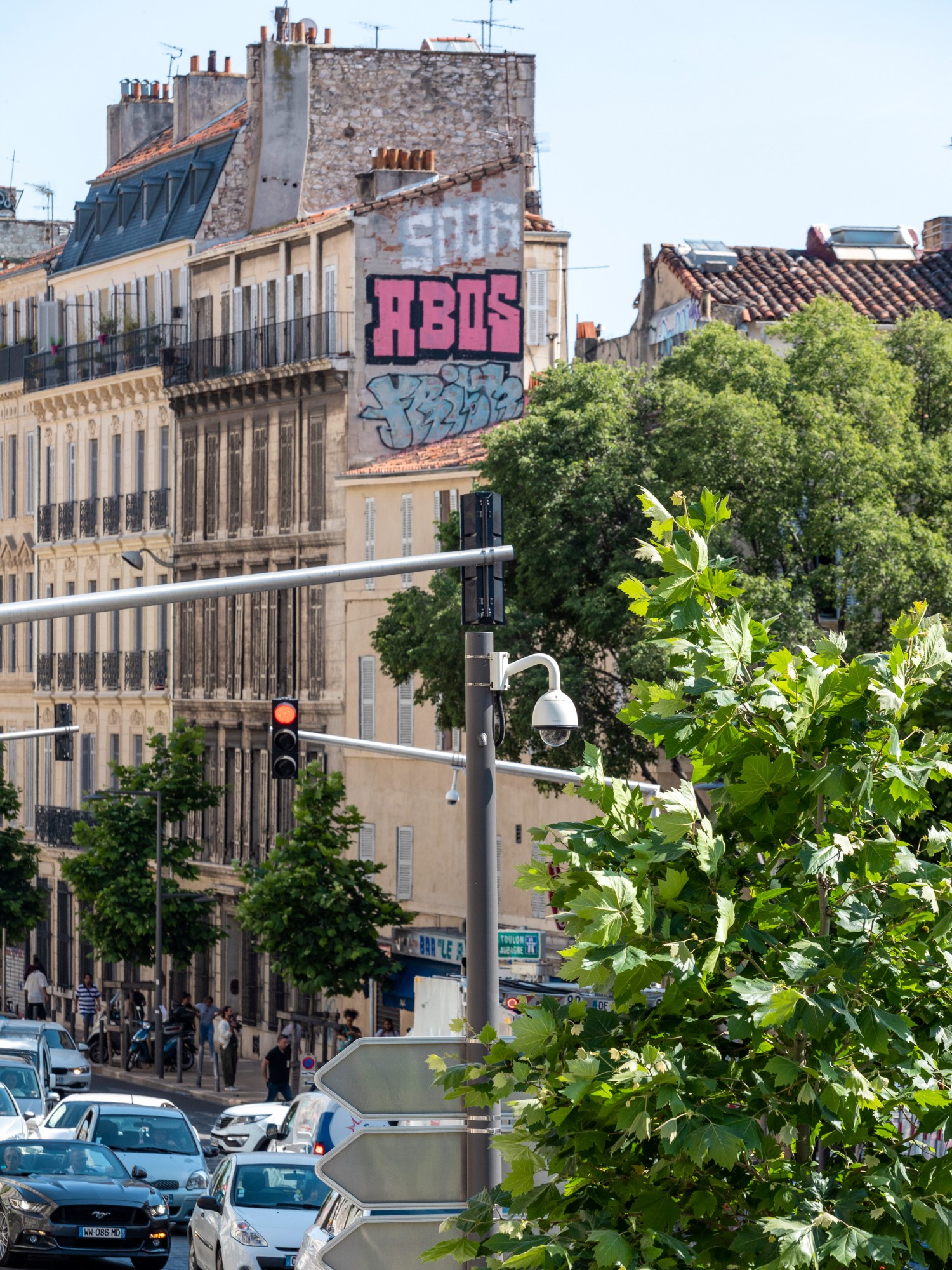
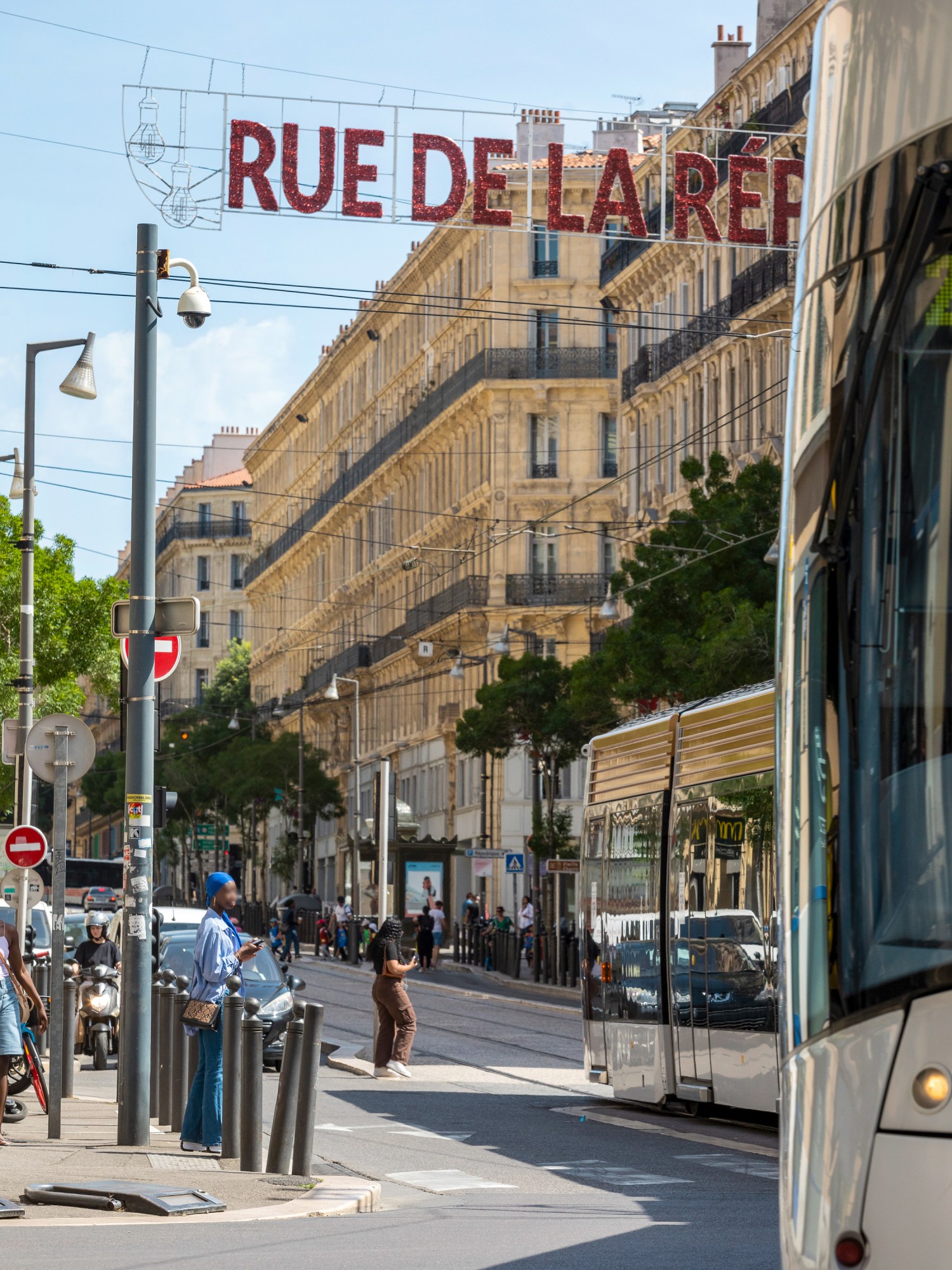
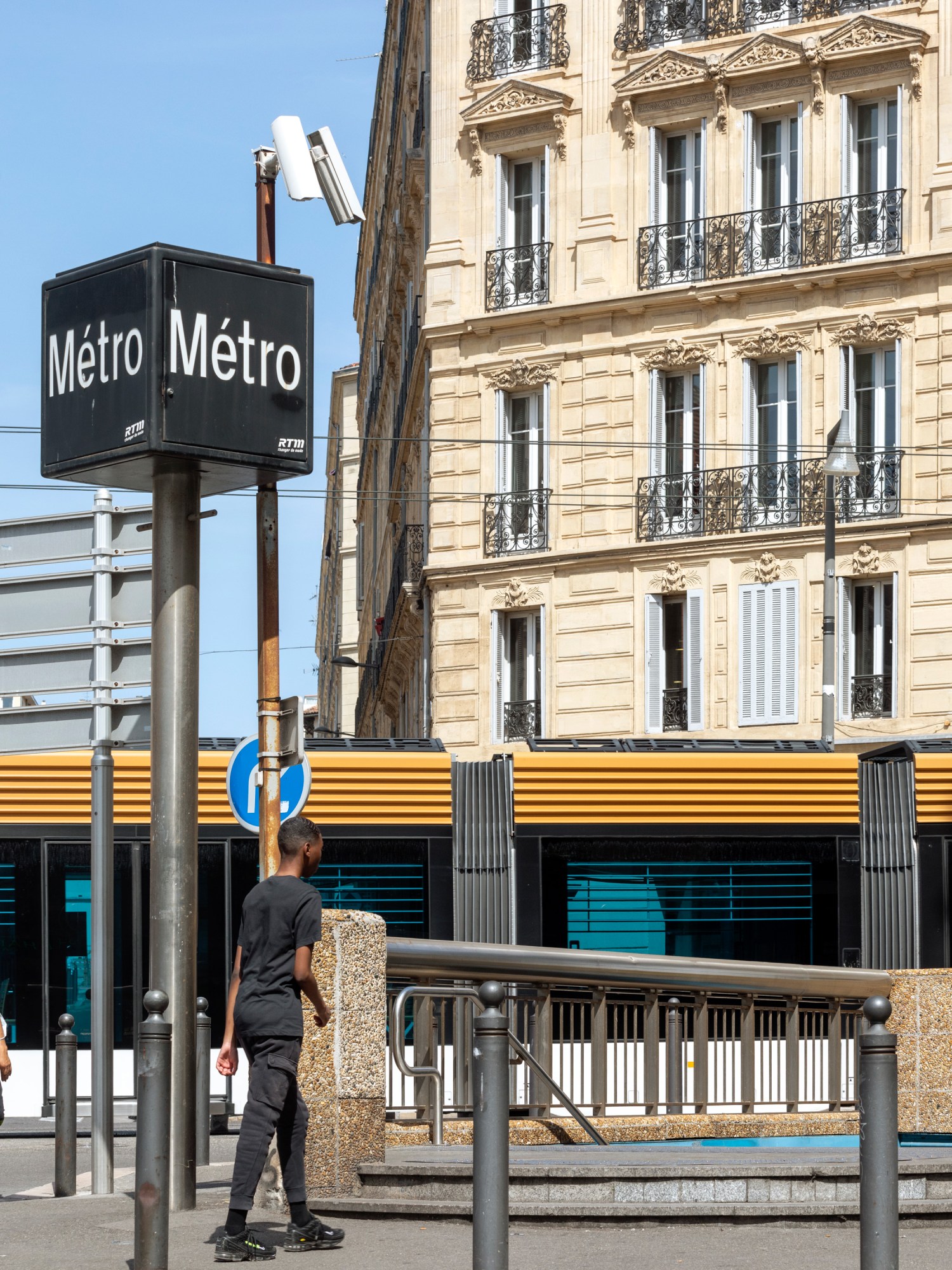
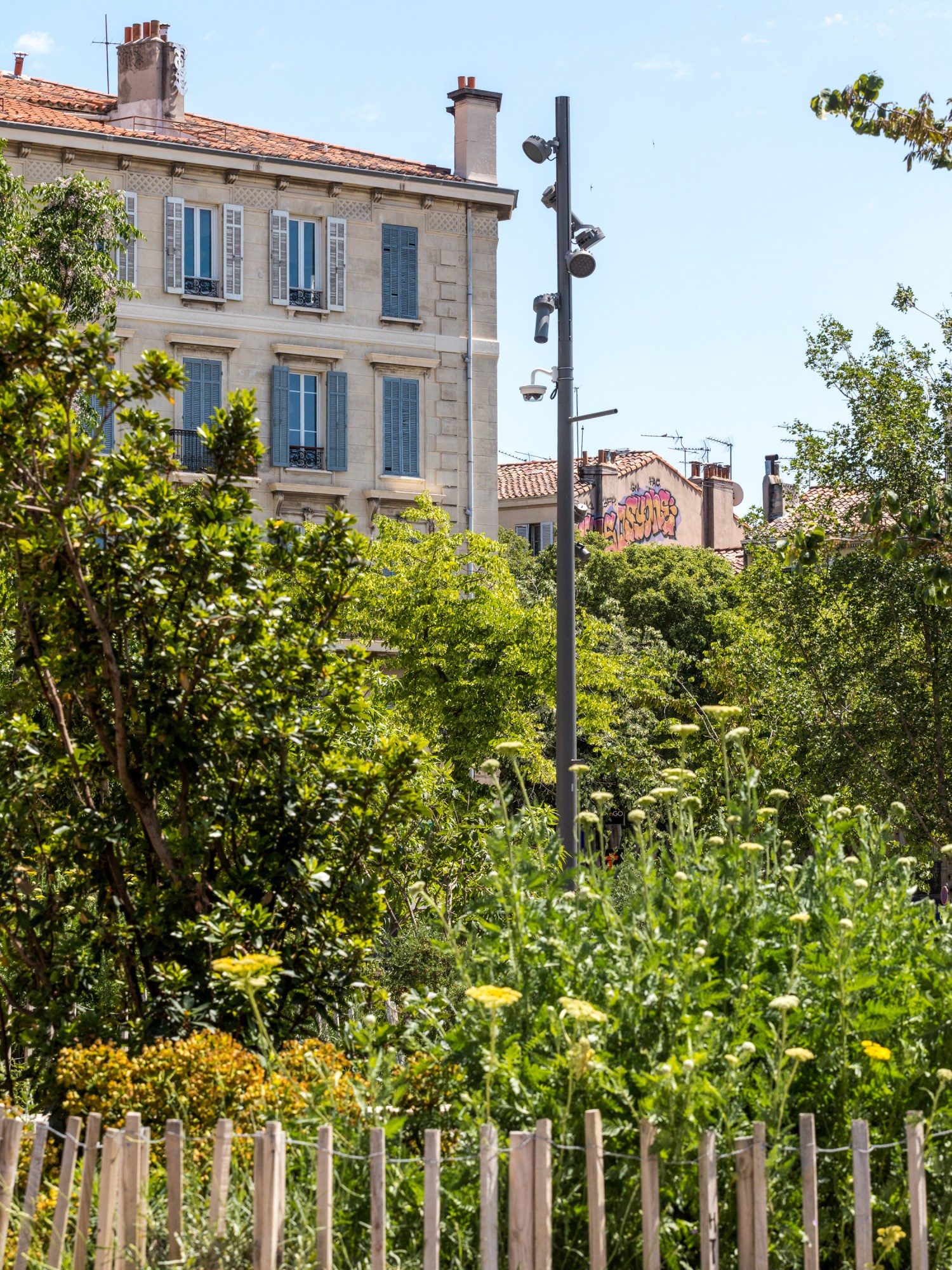
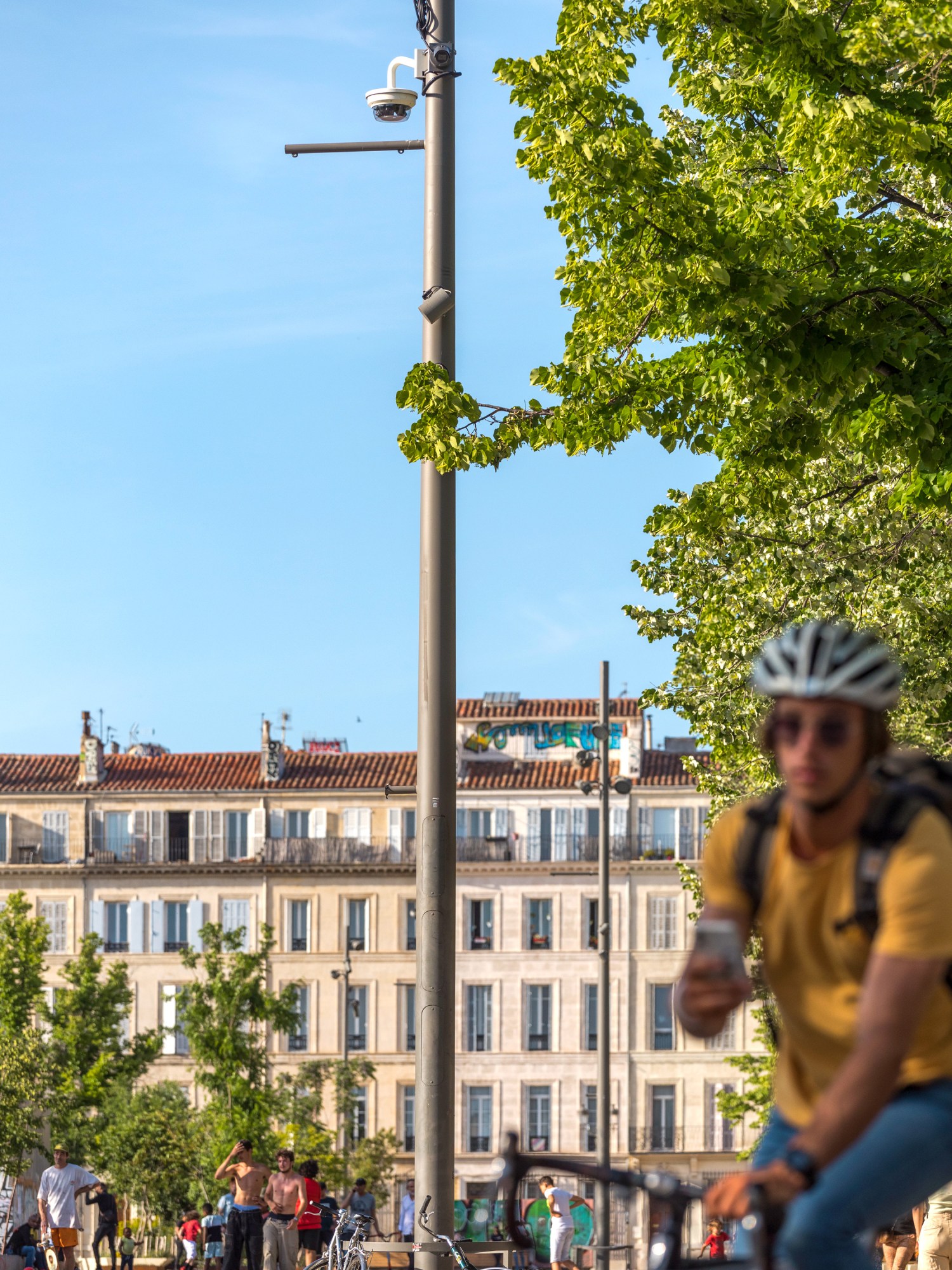
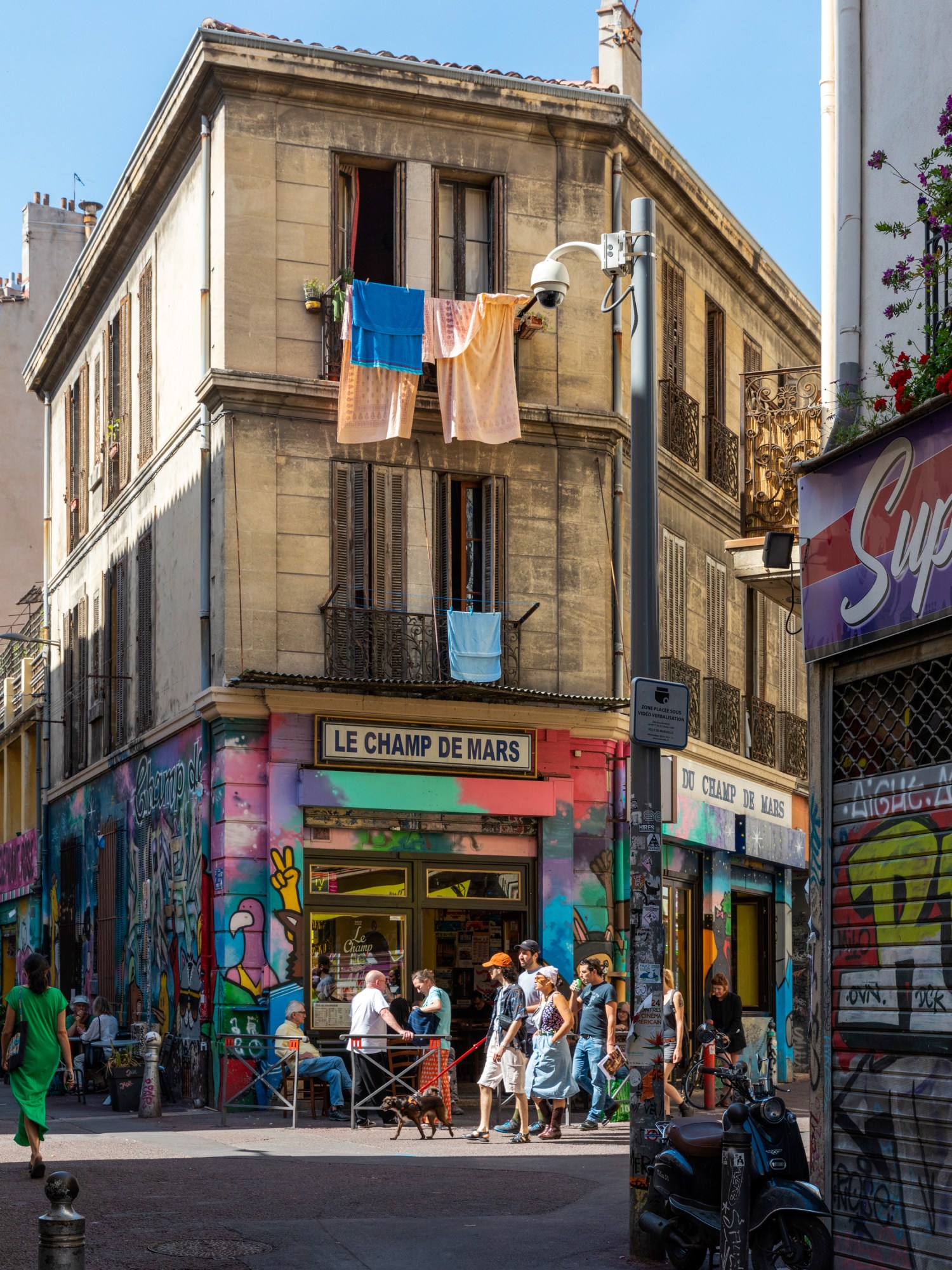
It’s often suggested these cameras work to deter crime. Studies are inconclusive on this point. There does seem to be an effect on closed public spaces like parking garages and subways, but in some cases crime seems to be merely displaced, increasing in areas with fewer cameras.
In general, city surveillance prioritizes the capture of a certain class of criminal, says Picaud—those that commit crimes in public, even if their infractions are often minor. “One can see the overinvestment in these devices which target public space rather than other technologies which could target other crimes instead—like, for example, anything to do with tax evasion,” she says.
Not long after the 2020 elections, the new mayor of Marseille called for an audit of video surveillance in the city. The council is still sitting on the study, which was delivered in October, but preliminary findings were published in the local newspaper The Provence. There are 42 dedicated agents; at any given time, fewer than five are on duty, and each is responsible for 35 screens. The system is not cheap; the newspaper highlighted the cost of installing each camera (over €20,000 per device), renting the optical fiber (€6.5 million a year), and maintaining the cameras, including cleaning and replacing bulbs (€2.8 million a year). Many of the images are not of good enough quality to use. And 272 cameras—over 15% of the total—are rarely consulted.
“It’s techno-solutionism. There’s a political problem, and they promise to find a technology—an app—to bring it under control,” says Tréguer. “It is very expensive, and it uses a chunk of taxpayers’ money to implement solutions that are dangerous for freedoms, increase control, and are in part ineffective.”
The situation in Marseille doesn’t seem to be unusual. In February, for example, the Cour de Comptes, an administrative body that audits public finances, highlighted similar issues, in a report on the video surveillance network in Paris. The auditors called its financing “unsuitable and expensive” and charged that no one had evaluated the cameras’ impact on crime.
Marseille’s government does seem to have cooled on the idea of video surveillance. The Big Data of Public Tranquillity Project, whose test period ran from 2018 to 2020, had been the pet scheme of the previous, right-wing mayor. The coalition of socialists, ecologists, and activists that rose to power in the 2020 city elections promised to pause video surveillance. This has been more difficult than initially anticipated, says Hugon, because of the difficulty of terminating contracts early.
At the same time, city officials have expressed some interest in making the system more efficient. Artificial intelligence is perhaps the only way of doing this on a large scale without adding significantly more personnel. Tréguer does not look forward to this possibility as technology becomes more advanced: “We are re-creating in some way a tentacular, bureaucratic police state without having to recruit dozens or hundreds of people.”
The available technology is advancing quickly. The French startup Two-i, for example, offers an investigation function, which allows a surveillance team to use AI to search images for specific objects, like a man wearing a backpack or even sport shoes.
“A certain shouty part of the press is waging a battle, and they write false things to frighten people.”
Guillaume Cazenave
Press articles have alleged that the company has deployed face recognition in the city of Metz and was trialing it to read people’s expressions on Nice’s trams. Two-i cofounder Guillaume Cazenave says such reports are inaccurate. “In France, a certain shouty part of the press is waging a battle, and they write false things to frighten people,” he says.
But there are signs that lawmakers and public bodies in France are looking at ways to facilitate the use of artificial intelligence in the surveillance of public spaces. A parliamentary paper in 2019 advocated establishing a framework for testing facial recognition, which is currently illegal. In the Paris Metro system in 2020, security cameras were AI-enabled to monitor whether passengers were wearing face masks (the technology is not meant to identity those not wearing masks but simply to provide anonymous statistics). The European Union is working on a set of laws called the AI Act that could limit the application of AI surveillance technology. But Technopolice suspects it could create loopholes if it does not ban the use of facial recognition outright.
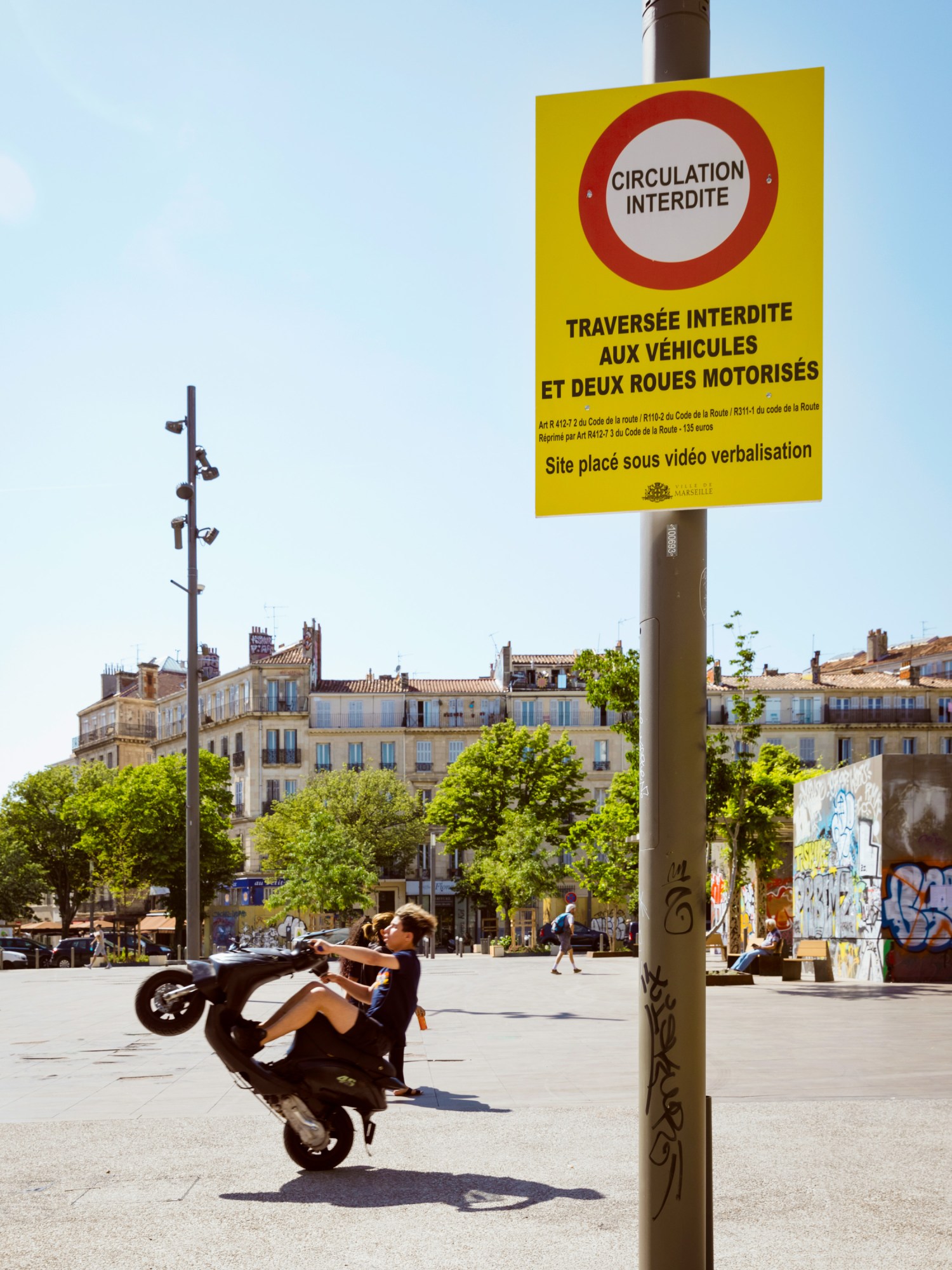
It is CNIL, France’s data protection agency, that is tasked with ensuring that surveillance technology complies with the EU’s General Data Protection Regulation, or GDPR. In 2017, for example, the town of Valenciennes accepted 240 cameras equipped with facial recognition technology from the Chinese company Huawei. The town insisted that the technology was not being used. Nevertheless, CNIL gave the local authorities a warning in 2021, and the project was quietly disbanded. But earlier this year CNIL launched a public consultation on the use of smart cameras in public places in order to clarify the legal framework for their use. Members of Technopolice see this move as a tacit acceptance of the need for such cameras.
The fight still continues for Technopolice. In the summer, they are planning to set up a series of meetings in the northern towns of Roubaix and Calais; the latter’s council is considering devoting an extra half-million euros to video surveillance. La Quadrature du Net is working on a class action lawsuit against the government for the use of smart cameras in contravention of European law. In Marseille, the group continues working to drum up support; this summer there will be a conference and documentary screenings. There will also be more freedom of information requests to the Marseille council. Five of them, made in the last 12 months, are still pending. Meanwhile, the cameras roll on.
Fleur Macdonald is a writer based near Avignon, France.

